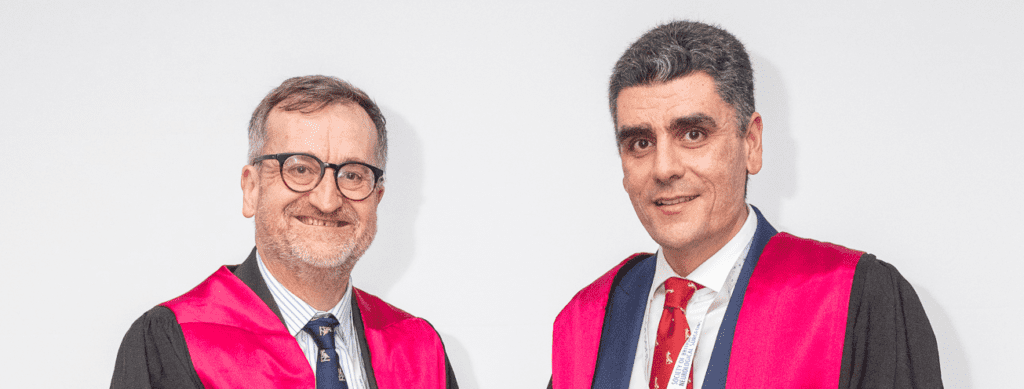Article originally published in NeuroNews International.
The two prevailing techniques used during surgical treatments of traumatic acute subdural haematomas (SDHs)—craniotomy and decompressive craniectomy—have demonstrated broadly similar efficacy outcomes in a randomised controlled trial (RCT). However, reporting their findings in the New England Journal of Medicine (NEJM), researchers note an increased rate of additional cranial surgery in patients who underwent the former procedure, and a higher proportion of wound complications in those who received the latter.
Peter Hutchinson (University of Cambridge, Cambridge, UK), the trial’s chief investigator, said: “The international randomised trial RESCUE-ASDH is the first multicentre study to address a very common clinical question: which technique is optimal for removing an acute SDH—a craniotomy or a decompressive craniectomy? This was a large trial, and the results convincingly show that there is no statistical difference in the 12-month disability-related and quality-of-life outcomes between the two techniques.”
In their report, Hutchinson and colleagues initially highlight the fact that, while a craniectomy may help to prevent intracranial hypertension, as it does not involve replacing the bone flap removed during surgical evacuation, it is “unclear” whether the procedure is associated with better outcomes as a result.

Peter Hutchinson (L) and Angelos Kolias (Source: NeuroNews International)
To investigate this further, they conducted a prospective, multicentre RCT—referred to as RESCUE-ASDH—enrolling a total of 450 patients (>16 years old) with a head injury in whom evacuation of an acute SDH was warranted. Some 228 patients were randomised to undergo a craniotomy during surgery, while 222 were assigned to decompressive craniectomy. Disability-related outcomes were the researchers’ key focus, with the study’s primary outcome being ratings on the eight-point extended Glasgow outcome scale (GOSE) at 12 months. Secondary outcomes included six-month GOSE ratings and 12-month quality-of-life measures (EuroQol group five-dimension five-level questionnaire [EQ-5D-5L]).
Disclosing the results from RESCUE-ASDH, Hutchinson et al relay that, at 12 months, overall GOSE ratings “did not differ significantly” between the two groups (common odds ratio [OR], 0.85; 95% confidence interval [CI], 0.60–1.18; p=0.32). They detail that, more specifically, death had occurred in 30.2% of patients in the craniotomy group and 32.2% in the craniectomy group; a vegetative state occurred in 2.3% and 2.8%, respectively, and a lower- or upper-good recovery occurred in 25.6% and 19.9%. Six-month GOSE ratings and 12-month quality-of-life measures were also similar across both procedural techniques.
Notable differences were, however, seen between the two groups regarding further cranial surgeries, with 14.6% of patients who underwent a craniotomy requiring additional procedures within two weeks post-randomisation, compared to just 6.9% in the craniectomy patient cohort—a percentage-point difference of 7.6 (95% CI, 0.01–0.14). In addition, a statistically significant difference in wound complication rates was also observed, with surgical-site infections and other, similar complications occurring in 3.9% of craniotomy patients versus 12.2% in the craniectomy group (p=0.001).
Limitations of the study outlined by Hutchinson et al include the fact that clinicians were aware of the trial-group assignments; outcome data being obtained by postal questionnaires or telephone interviews rather than clinical examination and in-person interviews; and a small percentage of patients in each group undergoing the alternate treatment to their initially assigned procedure.
Angelos Kolias (University of Cambridge, Cambridge, UK), the trial’s co-chief investigator, said: “Based on the trial findings, we recommend that—after removing the blood clot—if the bone flap can be replaced without compression of the brain, surgeons should do so, rather than performing a pre-emptive decompressive craniectomy. This approach will save patients from having to undergo a skull reconstruction, which carries the risk of complications and additional healthcare costs, further down the line.”
In an editorial published concurrently in NEJM with these RESCUE-ASDH results, Shankar Gopinath (Baylor College of Medicine, Houston, USA) avers that RCT data on whether or not to replace a patient’s bone flap during many acute SDH surgeries “have been lacking” and, as such, he describes Hutchinson et al’s findings as “welcome”.
“In the past decade, the majority of patients would undergo craniotomy, but for the past few years craniectomy has been performed more often than craniotomy,” Gopinath writes. “With these results, I expect that surgeons will be reassured that it is relatively safe to perform the quicker procedure of removal of the bone, knowing that—if the bone is left in place—compression of the brain under the haematoma and the need for reoperation can largely be prevented. Because the incidence of local infections was low in both trial groups, but was admittedly higher with craniectomy, the trial also showed that the price paid for choosing the quicker procedure is medical complications; most of which are treatable, such as infection related to repairing or replacing the skull defect—a trade-off for fewer intracranial risks that might be considered satisfactory.”




